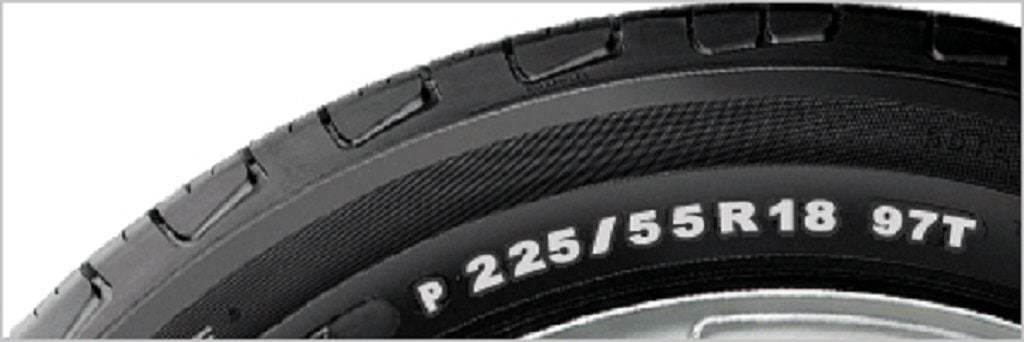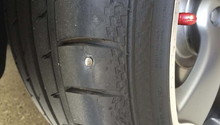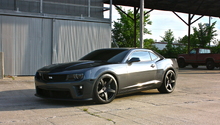Chevrolet Camaro 2010-2015: Tires General Information and Specs
Read this article to learn specific details about your Camaro's wheels.
This article applies to the Chevrolet Camaro (2010-2015).
The tires on your car serve a larger purpose than mobility. They increase the traction and impact the distribution of power along with the overall performance of your car. Besides choosing the right tire to fit your application, such as daily driving or track use, it is very important to keep each tire properly maintained. This includes maintaining the proper air pressure, ensuring a proper alignment and keeping the wheels balanced. If all done in a timely manner, your tires will be able to to absorb the vibrations of the road while distributing power from the engine to the wheels accordingly. Your Camaro's tires allow you to travel further, stop faster and turn better, and are expected to last between 30,000 and 80,000 miles.
Tire Tread Design
The tread design is a very important aspect of a tire in terms of how well it preforms in every unique environment. For example, tread designs that incorporate larger gaps for water perform better in wet environments. The fifth-generation Camaro has a stock size of P245/55R18 all-season tires for the LS and LT versions, while the SS and LT-RS use different sized variations of P245/45ZR20.

Tire Sidewall
A tire's size is split into three sections, as seen with the 225/55R18. The first section is the width, the middle is the sidewall size and last is the diameter of the inner rim. The sidewalls are the front portions of the tire, from the inner bead to the top of the tire. Thicker sidewalls prevent a lot of vibrations from entering the cabin, but do not look as good as lower profile tires. Stock sidewall size ranges from 35 to 55R.

Tire Composition
Tires are only as good as the material used to make them. There are different types of rubber compositions of which add to the overall durability and performance of each tire. Some use cheaper materials, which create short-lasting tires. Other brands, such as the Pirelli PZero, use a nano-composite material that makes it very durable in all types of environments.

Scheduled Maintenance
You should always check the air pressure and ensure the tires are filled to 36 PSI. Tires should also be rotated every 6,000 miles so that they last as long as possible. Other maintenance procedures include:
- Yearly wheel alignments
- Balance checks on the wheels
Common Questions
What is the TPMS?
The TPMS is a special sensor found under the tire's bead. It reads the air pressure inside the tire and sends a signal to the ECM. If the air pressure is 25 percent lower than it should be, it'll turn on the TPMS light on the dashboard.
What is the biggest tire you can use?
Tire size is dependent on the size of wheel you have. However, with the correct wheel, the body of the Camaro can handle up to 315/35/20.
Common Issue
Vibrations
There is a vibration felt between the speeds of 50-70 MPH. There are a number of reasons as to what causes it, but most can be remedied by balancing out the tires.
Technical Service Bulletins (TSB)
TSB Date/Number |
Description |
|---|---|
| 03-19-210 PIE0058: EI10067 | Shake/Vibration in Steering Wheel/Body or Seat of Vehicle While Driving at Highway Speeds on Smooth Roads |
| 00-03-10-006J MAY 14 | Tires - Radial Force Variation (RFV) Information |
| 12-03-10-002A FEB 14 | Wheels/Tires - Vibration Felt Between 58-72 MPH |
| 08-03-10-006E FEB 14 | Wheels/Tires - Tire Slowly Goes Flat on Aluminum Rim |
| 05-03-10-003F APR 10 | Wheels/Tires - Low Tire/Leaking Cast Aluminum Wheels |
Related Discussion and Sites
- 5th Gen Camaro Suspension - LS1tech.com
- Largest Size Rear Tire for the Camaro - Camaro5.com
- TSB List - Alldatadiy.com






